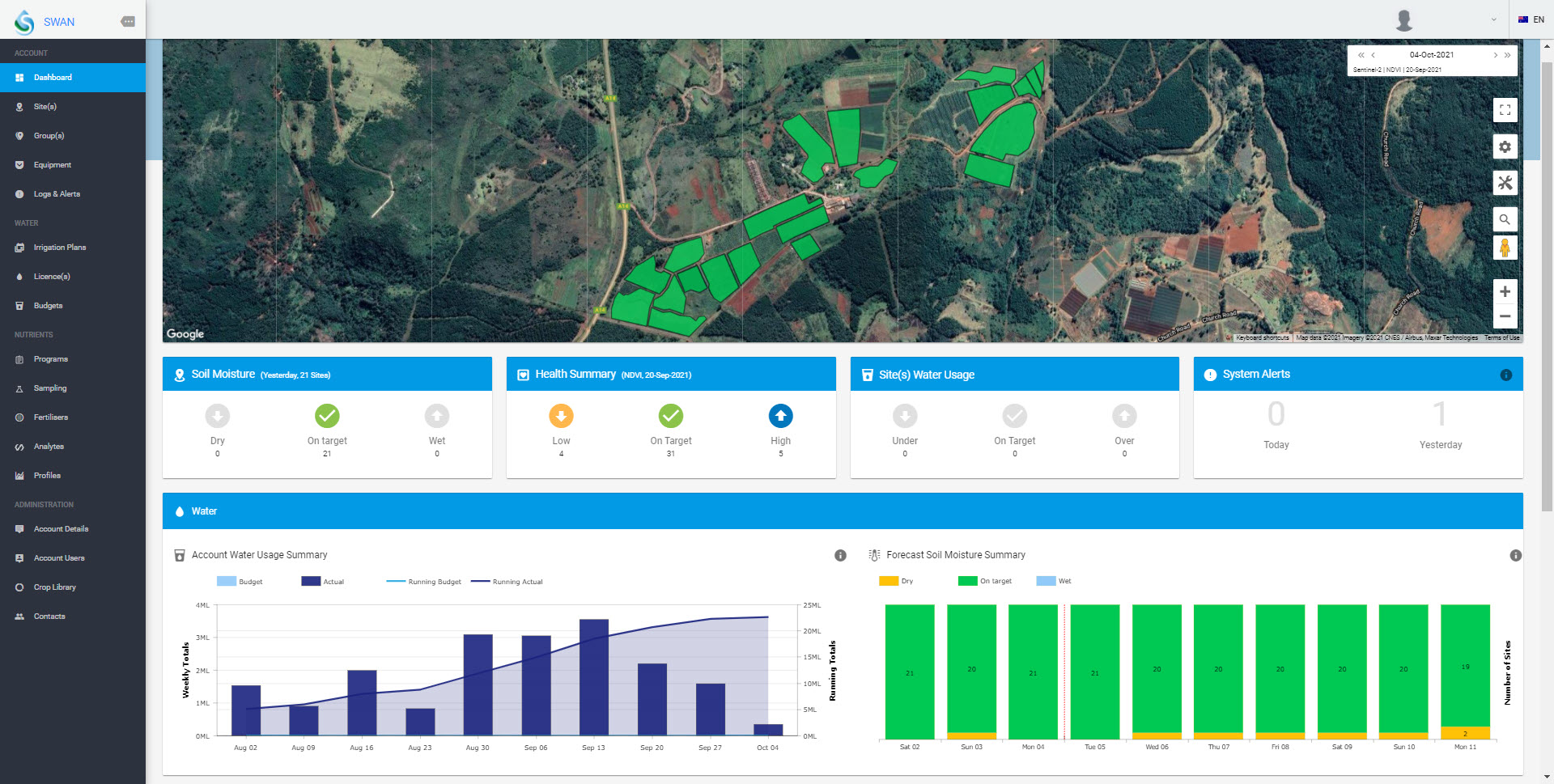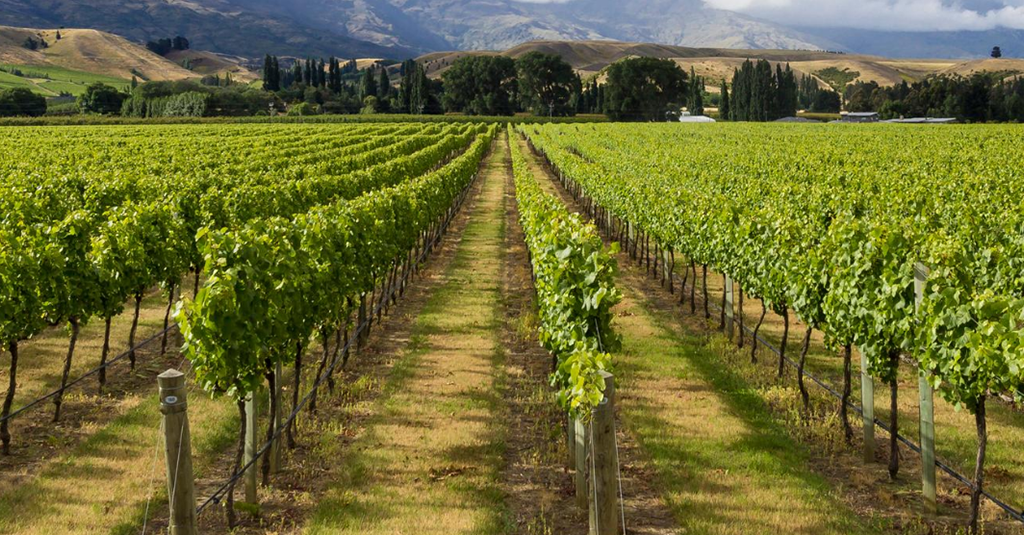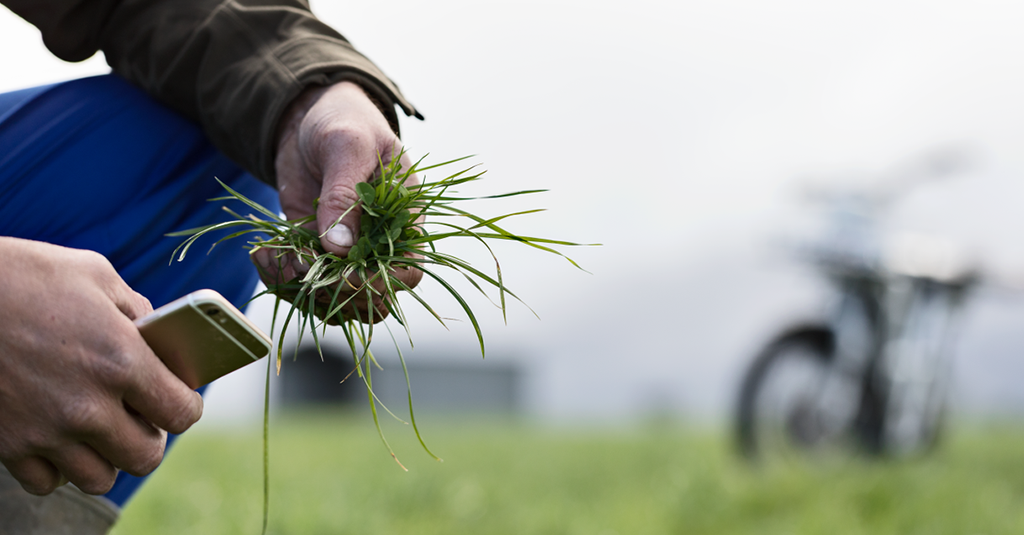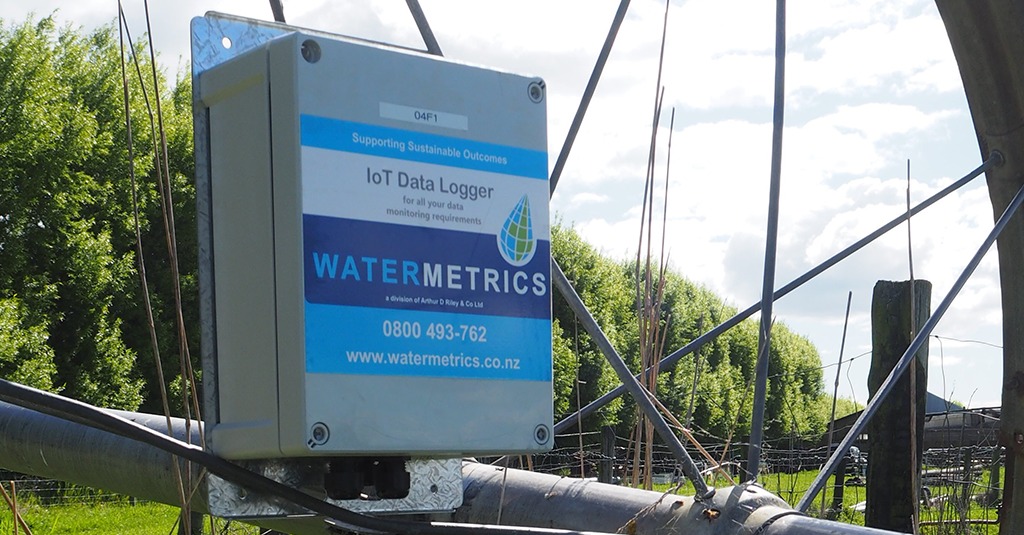No irrigation system delivers water at 100 percent efficiency. Water may be lost through delivery systems or pipelines and some water may remain in the soil, but not be used by the plant.
Additionally, water may be lost to evaporation in the air, or from the soil and plant surfaces.
The ability to manage an irrigation system depends on the percentage of water pumped that becomes available for plants to use.
It’s now time to turn your irrigators on. To ensure you’re irrigating efficiently, ask yourself the following:
Most farms have an irrigation system, and without further capital expenditure the best you can do is utilise it within its design limits. Given varying water supplies and amounts, you’ll set your irrigation schedule around those limits.
Easily accessible records of irrigation provide a sound base for subsequent irrigation decisions. Then you need to evaluate the effect of an irrigation on the different soil levels for more information. Do you get the same result, with the same amount of water from different moisture starting points? Probably not – which is why easily accessible records and information are crucial to the management process.

Understanding the soil moisture holding capacity is also important. Soils vary under pivots, so a good average is never quite the same as textbook terms for a soil.
There are textbook calculations of soils trigger points and field capacities. These were set against the older aquaflex tapes, but newer probes have different calibrations, which means the settings need redefining. Newer probes with 100mm level readings offer a far better picture of the soil than those that provide averages or just one or two readings.
Differences occur in the depth of different layers in the soil. For example, a clay pocket around a probe can give different readings and reactions than soil at a distance, so it’s important to understand what the probe is telling you and adjust the irrigations to suit.
You also need to know when the soil is almost full, but the question still remains of how much water is available to the plant roots.
Obviously, you don’t want to over irrigate and wash nutrients down through the soil. With some light soils with certain irrigators this is unavoidable, so you need to take extra care when irrigating in these circumstances.
It’s also important to gain a solid understanding of how much moisture needs to be in the lower profile, to get more response to water in the top zone. The timing of these irrigations are essential, and if you let it slip, and you don’t get any rain, you’ll find it very difficult to maintain full irrigation efficiency.
Then there’s the weather. Humidity, rainfall and evapotranspiration from the soil, air and plant leaves all contribute to irrigation decisions.
Leafy crops have a far greater evapotranspiration than the standard weather prediction. You need to know the rainfall in your own paddocks, as it’s often very different to what local weather will tell you. This is due to rain swirling and dropping in different parts.
What you need to do is link into advanced forecasting for all the weather information. Predictive irrigation provides highly accurate weather forecasts and updates, ensuring you can look forward. A farm weather station only gives you historic information up to today, but both the history and predicted weather are necessary to make the correct irrigation decisions.
You need to be confident about the irrigation amount that’s being applied. Most farmers know by a meter what comes out of a scheme or a well, but often it goes to different irrigators and there’s no way of determining exactly what has been applied. Some pivot controllers estimate this, but it’s best to meter the pivot itself, and the data will convert to mm/ha applied per day.
Ensuring the pivot is spreading it evenly is also important. There are tools available to do this accurately.
Armed with all this information, you can now start making better irrigation decisions that ensure you reduce costs while still meeting the plants’ requirements.
At Watermetrics, our focus is on providing most informative soil moisture probes. We use analytics programmes to study the soil response. Our partnership with Swan Systems means we can offer top of the range weather information without the need to invest capital.
Our expertise is understanding and analysing what comes out the sky, the irrigator, the evapotranspiration and its effect on the soil moisture.
We back this up with an agronomy service that will decipher all the data, so that you have all the information you need to ensure you’re making the best irrigation decisions this summer.
If you’d like to learn more about how we can help ensure irrigation efficiency on your farm, get in touch and we’ll have a chat about your requirements.
These Related Stories


